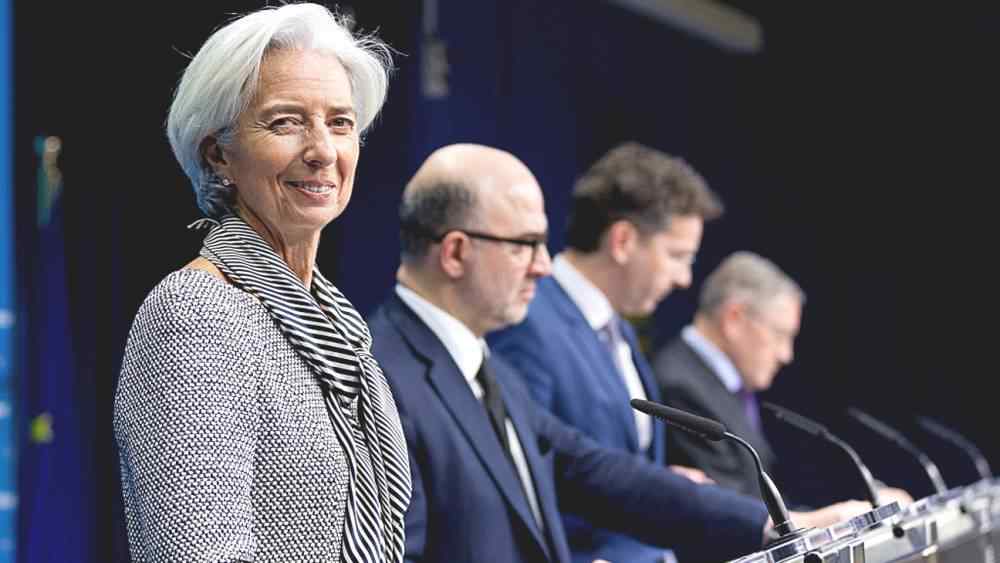The Head Of The IMF Sees The Crypto Revolution Through Clear Eyes
Apr 18, 2018, 10:57am
Christine Lagarde, Head of the IMF, has written a blog post outlining her, mostly optimistic, vision for the future of crypto-technology.
Christine Lagarde, the head of the International Monetary Fund (IMF), has published a blog post outlining her positive outlook for the future of crypto-technology. In the even-tempered post, Lagarde details her vision of a financial system that utilizes Blockchain innovation while still relying on trusted intermediaries.
Lagarde’s organization, the IMF, functions as an overseer of the international monetary system. The IMF promotes healthy financial policy reform for members of the association through economic support and policy guidance. While the IMF’s official stance on cryptocurrency is still evolving, Lagarde’s recognition of the potential benefits of crypto indicates the IMF is progressive in their assessment of the technology.
The blog post, which has been inaccurately described on multiple crypto-websites as “giving praise” to cryptocurrencies, or indicating a “large-scale shift towards crypto”, is, in fact, a very moderate and reasonable assessment of how crypto-technology could be used to bolster current financial systems worldwide. Lagarde has previously written about what she views as the negative aspects of crypto-technology, and her new post does not shy away from recognizing those negative factors.
The Potential Benefits – Within Reason
Lagarde draws attention to the obvious benefits of digital assets: fast, secure, and inexpensive transactions. She is careful to recognize, however, that the current volatility of cryptocurrencies means that a central bank would likely have to provide their own digital currency in order to use the technology responsibly.
She then focuses on the potential benefits of distributed ledger technology (DLT). She outlines how smart-contracts could help existing financial markets function more efficiently and allow for the removal of the intermediaries traditionally required in our current contractual agreement processes. Lagarde also champions distributed ledgers as a way to help accurately record information for everything from advanced healthcare to land-disputes in impoverished countries. She notes that although DLT’s potential is large, she cannot see the technology replacing trusted centralized authorities such as banks and brokers.
An Even-Handed Conclusion
Lagarde sums up her post by arguing that, although crypto-technology has potential, if we allow it to function without a solid legal framework, it will never earn the confidence and support of the global community. It is Lagarde’s belief that if crypto-technology is to reshape our financial system, it will be because our existing global regulatory bodies adopt and direct its evolution.
Lagarde’s closing statements from her previous blog post “The Dark Side of Crypto” perhaps sums up her overall conclusions best of all:
“The volatility of crypto-assets has prompted an intense debate about whether they are a bubble, just another fad, or a revolution equivalent to the advent of the internet that will disrupt the financial sector and eventually replace fiat currencies.
“The truth is obviously somewhere in between these extremes.
“As I have said before, it would not be wise to dismiss crypto-assets; we must welcome their potential but also recognize their risks. By working together, and leveraging technology for the public good, we can harness the potential of crypto-assets while ensuring that they never become a haven for illegal activity or a source of financial vulnerability.”





